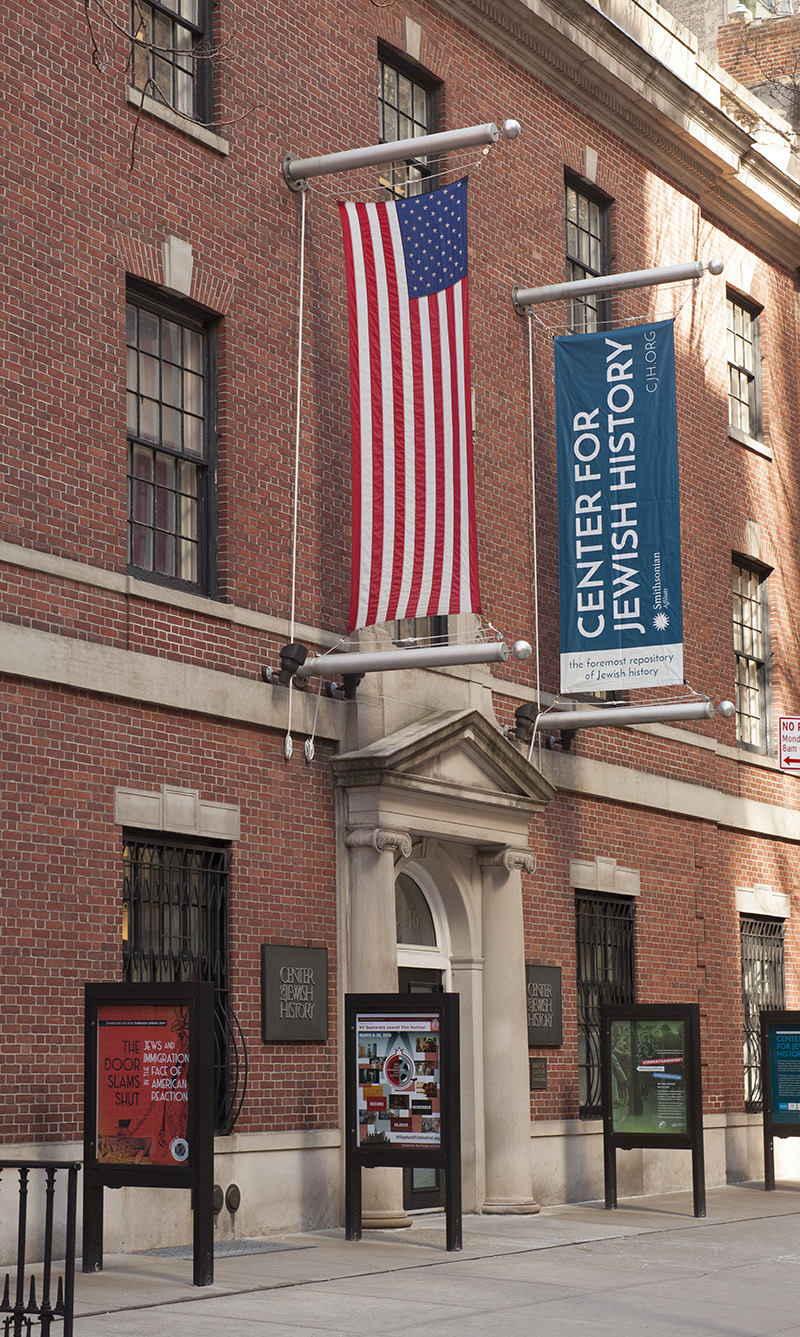lecture
Ab. Cahan's Early Experiments in Yiddish Journalism: di "Sedre" and the Novella "How Rafol Naaritsokh Became a Socialist"
Ellie Kellman | Delivered in Yiddish
Abraham Cahan is known for writing what he called pleyne (plain) Yiddish. As editor of the socialist daily Forverts during the first half of the twentieth century, he famously expunged from the newspaper vocabulary he considered esoteric or unfamiliar to immigrant readers. During the 1890s, Cahan experimented with writing in a variety of genres for an audience of newly literate immigrants. As a co-founder of the socialist weekly Arbeter tsaytung, he tested his supposition that immigrants would buy a socialist paper if it were to supply sophisticated content in a simplified, partly entertaining form. In connection with this effort, Cahan created several popular genres for the paper. Among them was the well-known "Sedre." Each week, Cahan chose a theme from the weekly Torah portion and interpreted it along the lines of his socialist world view.
Among Cahan's less well known experiments with popularizing socialist ideas was his novella "How Rafol Naaritsokh Became a Socialist," which appeared in installments in Arbeter tsaytung in 1894. The protagonist, Rafol, a talented cabinet maker from Lithuania, immigrates to America and finds work in a furniture factory in New York. Suffering under the routinized and alienating labor that is required of him, he becomes active in a socialist circle, where he comes to understand that capitalism both exploits his body and dulls his spirit. Gradually, he embraces socialism in order to revive his sense of pride in productive work.
The novella was reprinted in pamphlet form in 1896. In 1907, Cahan revised and expanded the work into a full-length novel entitled Rafol Naaritsokh – the Story of a Carpenter Who Saw the Light.
The speaker will analyze the language and content of "Di Sedre" and the original version of Rafol Naaritsokh for the purpose of broadening the scope of scholarly evaluation of Cahan's early contribution to the Yiddish press.
Ticket Info: Free; register at yivo.org/YCLS2020-Kellman to receive a link to the Zoom program
Presented by:

lecture
